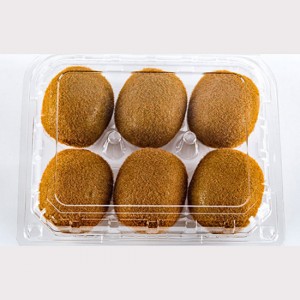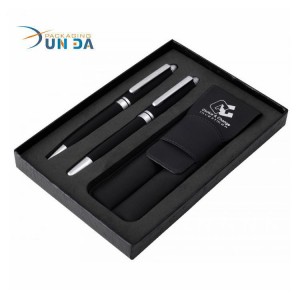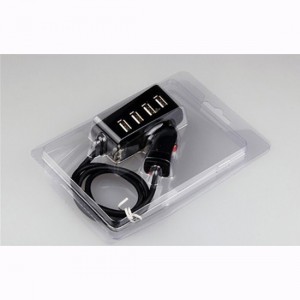Food packaging can be divided into metal, glass, paper, plastic, composite materials, etc. according to packaging materials. It can be divided into cans, bottles, bags, bags, rolls, boxes, boxes, etc. according to the packaging type, which can be divided into cans according to packaging methods. , bottled, encapsulated, bagged, wrapped and poured, integrated, sealed, labeling, coding, etc.; can be divided into inner packaging, secondary packaging, tertiary packaging, outer packaging, etc. according to product level.
Due to more attention to food safety and higher requirements, some countries have strengthened the regulation of Food Container . The implementation of nutritional standards and regulations, indirect additive regulations, etc. to promote degradable packaging, electronic scanning barcodes, etc., are promoting the new development of food packaging.
There are many ways to classify food packaging. According to the technical method, it is divided into: moisture-proof packaging, waterproof packaging, mildew-proof packaging, fresh-keeping packaging, quick-freezing packaging, breathable packaging, microwave sterilization packaging, aseptic packaging, pneumatic packaging, vacuum packaging, deoxidizing packaging, blister packaging, and body packaging. Stretch packaging, retort pouch packaging, etc. The above various packages are made of different composite materials, and the packaging characteristics are corresponding to different food requirements, and can effectively protect food quality.
Application field
The process of using plastic packaging food products mainly includes four industrial sectors: the first industry refers to the production of plastic resins and films. The second industry is the processing industry for flexible and rigid packaging materials, the third industry is the packaging mechanization production industry, and the fourth industry is the food processing industry. In the first industry, the use of petroleum, coal, natural gas and other raw materials, synthesis of polymerized low molecular compounds, and then into a variety of resins. This is processed into a single or multi-layer composite film for use in food processing plants.


